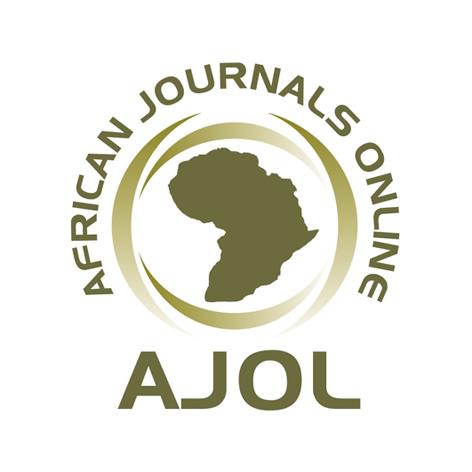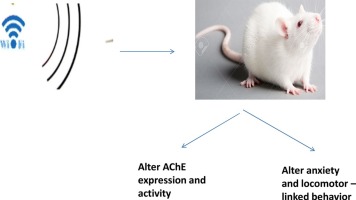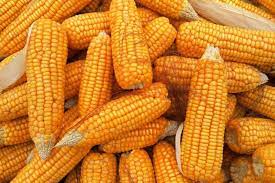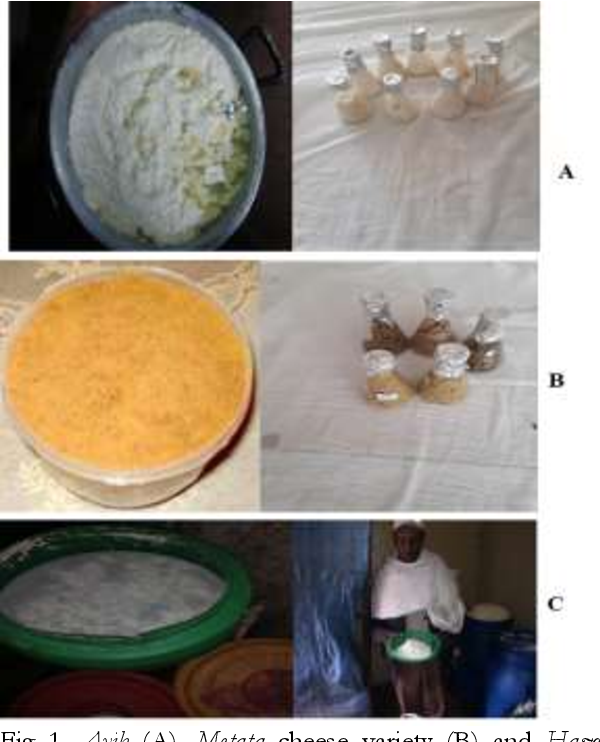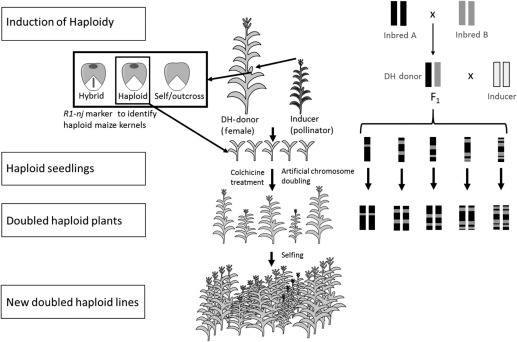Genetic Diversity of Ethiopian Groundnut (Arachis hypogaea L.) Accessions
Downloads
Background: Groundnut (Arachis hypogaea L.) is the world’s most important source of edible oil and vegetable protein. Understanding its genetic diversity is important for the sustainable use and conservation of the crop. To our knowledge, little is known about the genetic variability of cultivated Ethiopian A. hypogaea.
Objective: To determine the genetic variability and diversity of 43 accessions of A. hypogaea collected from different regions of Ethiopia using ISSR markers.
Materials and Methods: Seeds of 43 A. hypogea accessions collected from different regions of Ethiopia by Ethiopian Biodiversity Institute were planted in plastic pots in a greenhouse of Melkasa Agricultural Research Center. Young fresh leaves from four weeks old plants were used to extract genomic DNA using CTAB (Cetyl trimethyl ammonium Bromide) method. Four reproducible ISSR primers were used for amplification and the amplified products were separated on 1.67% agarose gel. Percentage of polymorphic bands, polymorphic information content (PIC), the mean Nei’s gene diversity and Shannon’s information index were determined. NTSYS-pc version 2.02 software was used to calculate the Jaccard’s similarity coefficient for all possible pairs of samples.
Results: Out of 56 reproducible bands generated, 29 (51.8%) were polymorphic. The band size ranged from 120 bp to 1100 bp. The polymorphic information content (PIC) value ranged from 0.29 to 0.76 with the average value 0.49. The mean Nei’s gene diversity and Shannon’s information index were 0.25 and 0.33, respectively. Genetic relationship between A. hypogaea accessions based on Jaccard’s pair wise similarity coefficients varied from 44% to 83% with an average value of 63.5%. The UPGMA analysis grouped A. hypogaea accessions into five distinct clusters at 63.5% similarity coefficient, and the principal coordinate analysis revealed similar grouping.
Conclusions: ISSR marker-based analysis showed the presence of genetic variability among the accessions. UPGMA and PCoA clustered most of the accessions irrespective of their geographic origins. In addition, the current study demonstrated the informativeness of ISSR markers in estimating the extent of genetic variation among A. hypogaea accessions. This study is a milestone for future conservation and breeding program of the crop. We recommend further investigation with more geographic range and additional molecular markers to elucidate a clear genetic diversity of groundnut in Ethiopia.
Copyright (c) 2022 Mohammed Abdella, Mulugeta Kebede, Tileye Feyissa

This work is licensed under a Creative Commons Attribution-NonCommercial-NoDerivatives 4.0 International License.
- I am authorized by my co-authors to enter into these arrangements.
- I warrant, on behalf of myself and my co-authors, that:
- the article is original, has not been formally published in any other peer-reviewed journal, is not under consideration by any other journal and does not infringe any existing copyright or any other third party rights;
- I am/we are the sole author(s) of the article and have full authority to enter into this agreement and in granting rights to Springer are not in breach of any other obligation;
- the article contains nothing that is unlawful, libellous, or which would, if published, constitute a breach of contract or of confidence or of commitment given to secrecy;
- I/we have taken due care to ensure the integrity of the article. To my/our - and currently accepted scientific - knowledge all statements contained in it purporting to be facts are true and any formula or instruction contained in the article will not, if followed accurately, cause any injury, illness or damage to the user.
- I, and all co-authors, agree that the article, if editorially accepted for publication, shall be licensed under the Creative Commons Attribution License 4.0. If the law requires that the article be published in the public domain, I/we will notify Springer at the time of submission, and in such cases the article shall be released under the Creative Commons 1.0 Public Domain Dedication waiver. For the avoidance of doubt it is stated that sections 1 and 2 of this license agreement shall apply and prevail regardless of whether the article is published under Creative Commons Attribution License 4.0 or the Creative Commons 1.0 Public Domain Dedication waiver.
- I, and all co-authors, agree that, if the article is editorially accepted for publication in Haramaya Journals, data included in the article shall be made available under the Creative Commons 1.0 Public Domain Dedication waiver, unless otherwise stated. For the avoidance of doubt it is stated that sections 1, 2, and 3 of this license agreement shall apply and prevail.





